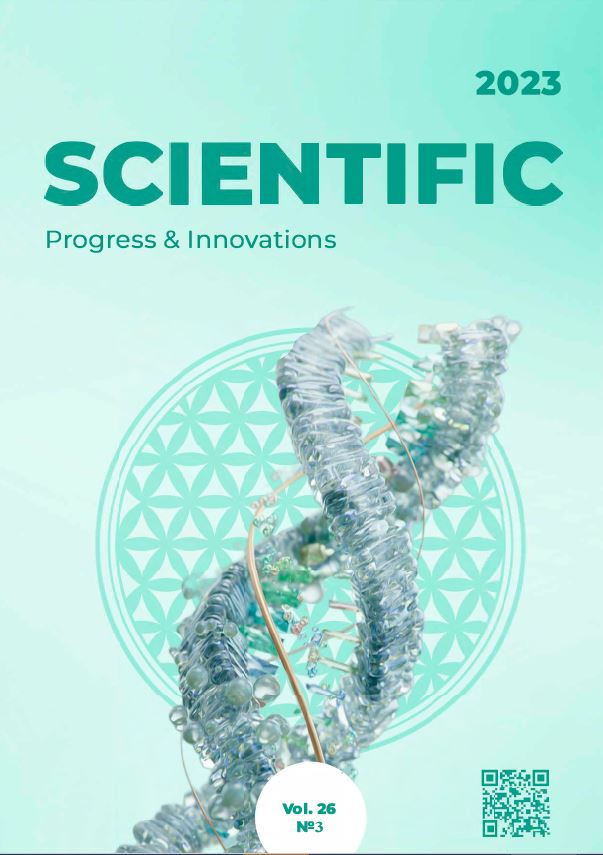Fungicidal protection of soy crops against root rot
DOI:
https://doi.org/10.31210/spi2023.26.03.01Keywords:
soybean, root rot, biofungicides, technical efficiency, bioagentsAbstract
Soybean crops can suffer significant yield losses from diseases of various etiologies. Pathogens of root rot, which can be stored in the soil or infected seed material, are particularly dangerous. To prevent the spread of root rot, it is recommended to use microbiofungicides of various nature (fungal and bacterial). Treatment of seed and planting material, as well as plants during the growing season, with them provides high-quality protection against a wide range of diseases, including root rot. Among domestic preparations, such products as Trichodermin, Planriz, Fitodoktor, Gaubsin, Cellulad, and others are in demand. We evaluated the effectiveness of fungicidal poisons and biofungicides against fungal and bacterial infection of soybean crops, and studied their effect on field germination and crop productivity. As objects of the study, the following biological fungicides were selected: Trichophyt, p. (spores of Trichoderma lignorum fungus, titer 2.0 billion/cm3 ), usage rate – 2 l/t; Phytozid, r. (Bacillus subtilis bacteria cells or 1.0×1010 CFU/g), usage rate – 1.5 l/t; Gaupsyn, r. (Pseudomonas aurefaciens B-111 and B-306 bacteria, titer of viable cells 1×104 / μg of the drug), usage rate ‒ 3 l/t. The fungicide Maxim XL 035 FS was used as a standard, t.k.s. (fludioxonil 25 g/l +metalaxyl M 10 g/l) – the usage rate was 1 l/t. The positive effect of the investigated poisons on the sowing quality of soybean seeds of the Annushka variety relative to the control and the level of adaptability of seedlings in field conditions was noted. A significant prevalence of plants with signs of root rot of mycological (Fusarium spp.) and bacterial (Pseudomonas syringe pv glicinea Yong et al.) etiology was revealed in the experimental plots. A high fungistatic effect of the preparation Maxim XL, t.k.s. against fusarium root rot of soybeans (technical effectiveness level of 73.1 % in the absence of antibacterial activity) was noted. Among the microbiological fungicides, the best complex antimicrobial effect was found in the preparation Trichophyt, p. (technical effectiveness of 71.6 % and 71.7 % against fusarium and bacteriosis, respectively), which provided a yield increase of 6.3 % compared to the control. The complex use of preparations Trichophyt, n. and Phytocid, r. resulted in 11 % increase in grain productivity of soybean plants, with the technical effectiveness level reaching 71.3 % and 75.5 %, respectively, against root rot of fusarium and bacterial etiology.

 Creative Commons Attribution 4.0 International Licens
Creative Commons Attribution 4.0 International Licens